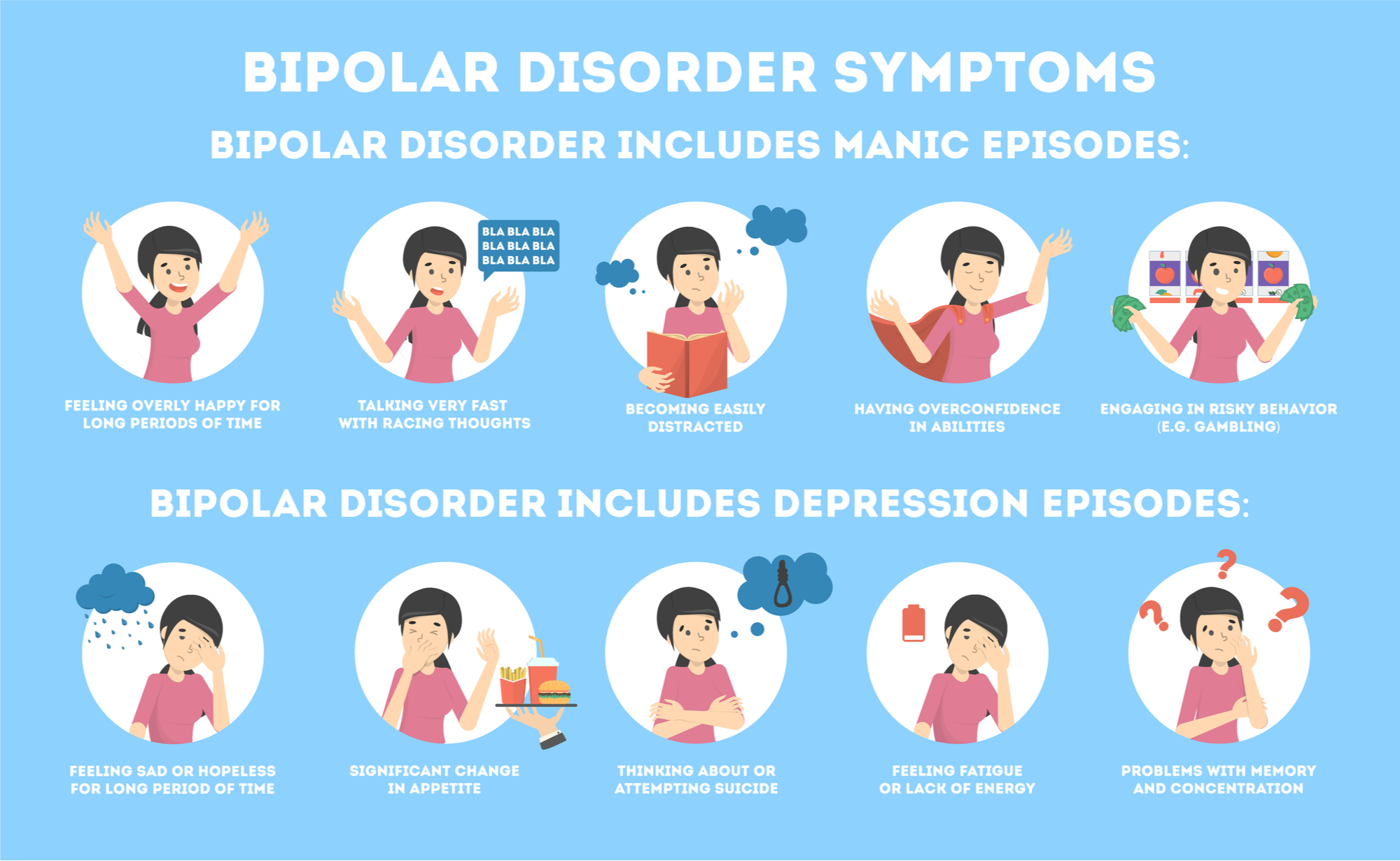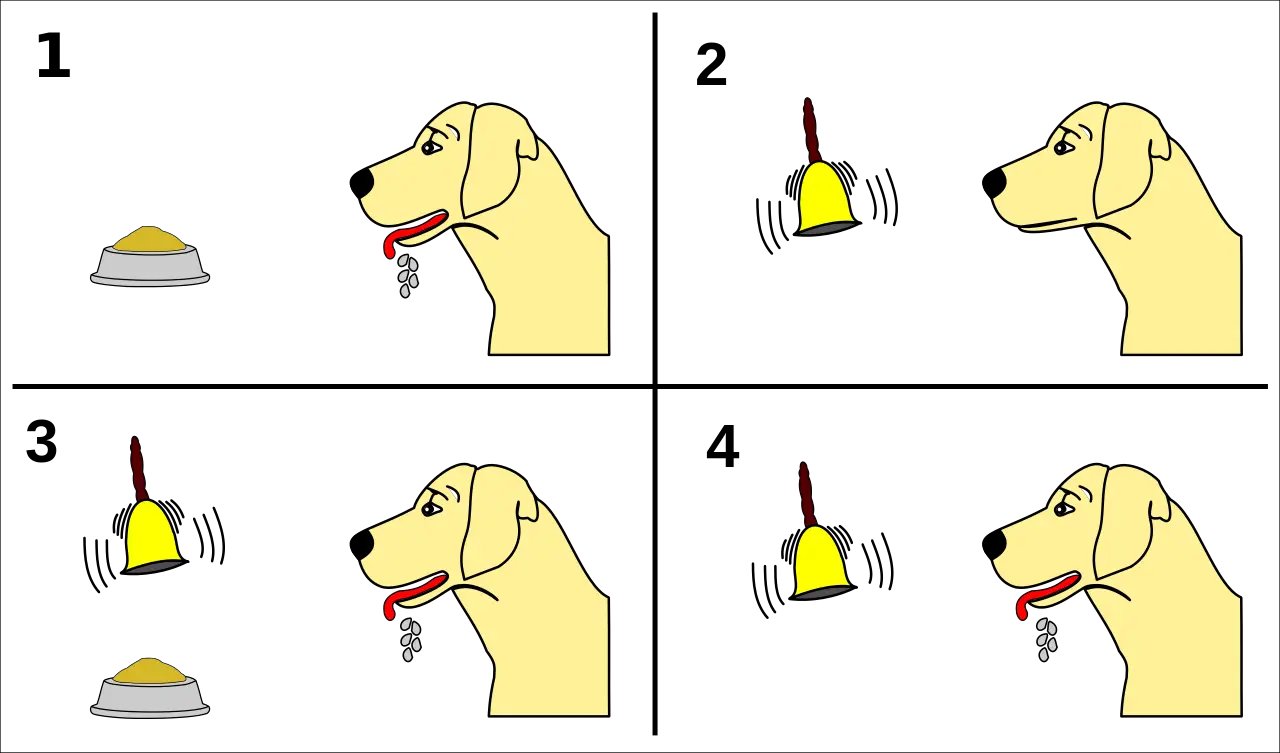The importance of a psychotherapy.
I believe that life is simple. I believe that there is no reason to complicate things, but instead we should take them just the way they are.

Unfortunately, not everyone understands it. A lot of people set high expectations for themselves causing them to think that they don’t live the way they want to. For example, a lot of people struggle when they don’t find a perfect boyfriend or girlfriend, when they don’t get good grades in school or college, when they don’t receive the salary they aimed for, when they don’t have the skin that someone else has. This in turns leads to the anxiety and depression disorders, such as generalized anxiety disorder (GAD) and dysthymia.
GAD is “a psychological disorder diagnosed in situations in which a person has been excessively worrying about money, health, work, family life, or relationships for at least 6 months, even though he or she knows that the concerns are exaggerated.” In plain English it means that if you are anxious for a long period of time and it hurts your life, it is a generalized anxiety disorder. Additionally, dysthymia is “a condition characterized by mild, but chronic, depressive symptoms that last for at least 2 years.” It is less severe than a major depressive disorder, but is still considered as a psychological disorder in The Diagnostic and Statistical Manual of Mental Disorders (DSM).
I cannot stress enough the importance of recognizing an anxiety before it grows into something way more significant. The saddest part is that one of the most common results of anxiety disorder is a suicide.
I have been reading plenty of articles and research reports about the reasons and occasions of suicides and statistics are shocking. “The most commonly endorsed cause for the suicide attempt was experiencing a problem with parents (47.5%) followed by problems with significant other or friend (35.4%).” That was mentioned in the topic called “reasons for attempting suicide.”¹ It is horrible and sad to see that the highest number is problems with parents. Just think about it for a second. People are killing themselves because of misunderstandings with their own parents or loved ones.
The government needs to consider that everyone has their problems in lives and, by talking to professional therapists, these problems can be seen from a completely different perspective. In the “suicide prevention strategies“² article it was reported that “psychotherapy alone or in combination with some antidepressants can be an effective treatment for preventing suicide attempts.”
Psychotherapy is “the professional treatment for psychological disorder through techniques designed to encourage communication of conflicts and insight.” The reason why this method is really successful is because patients directly confront the disorder and work with a professional psychotherapists to get rid of it.
Finally, I believe that psychotherapy sessions can increase the students’ and workers’ productivity significantly. Students and employees wouldn’t have to worry about keeping all of their problems inside of them and overthinking about them throughout the day. For example, if a psychotherapist will help them to realize that they don’t have problems in their lives, people will get more time and motivation to work harder, study more and live better. Therefore, everyone will be better off.
¹Jacobson, C. , Batejan, K. , Kleinman, M. and Gould, M. (2013), Reasons for Attempting Suicide among a Community Sample of Adolescents. Suicide Life Threat Behav, 43: 646-662. doi:10.1111/sltb.12047
²Mann JJ, Apter A, Bertolote J, et al. Suicide Prevention Strategies: A Systematic Review. JAMA.2005;294(16):2064–2074. doi:10.1001/jama.294.16.2064


